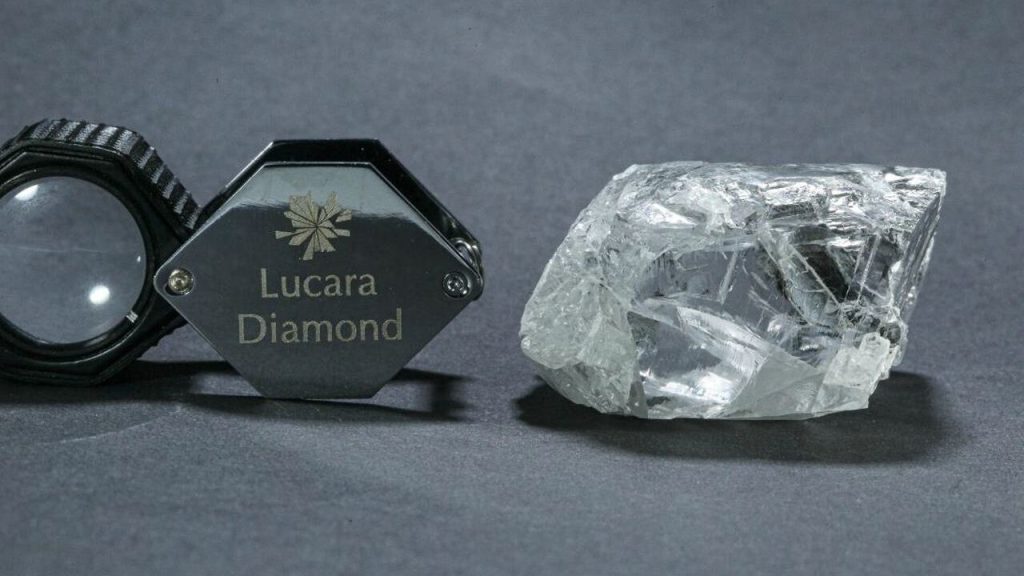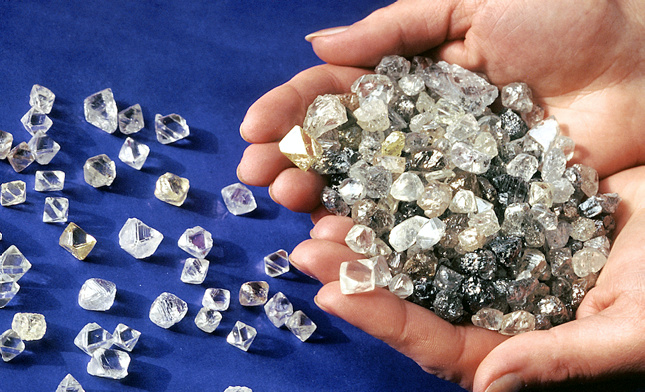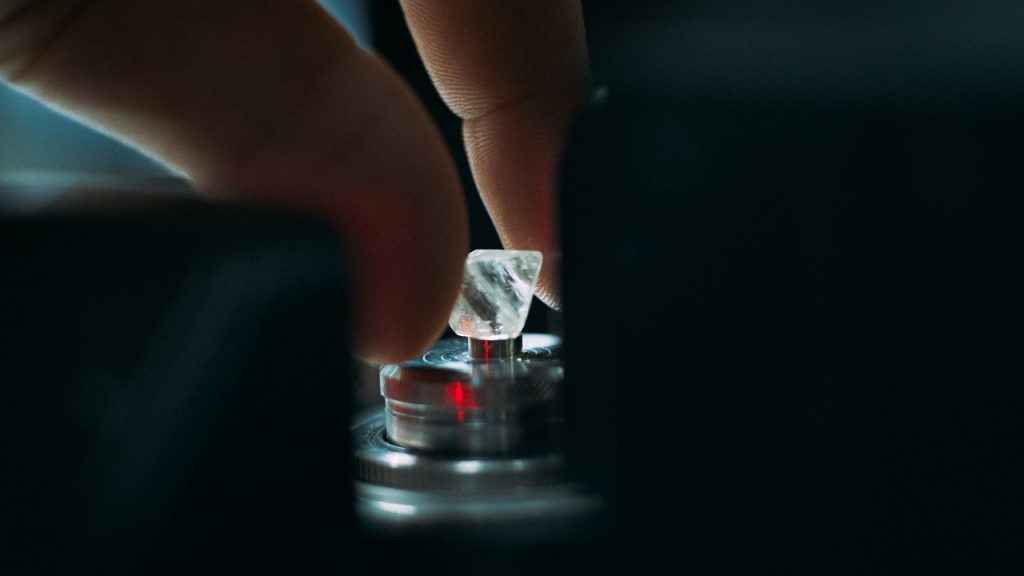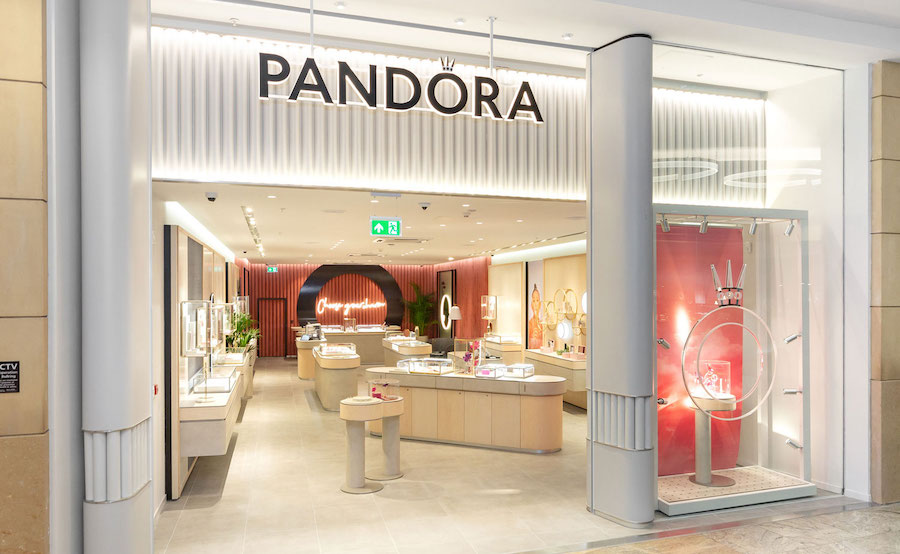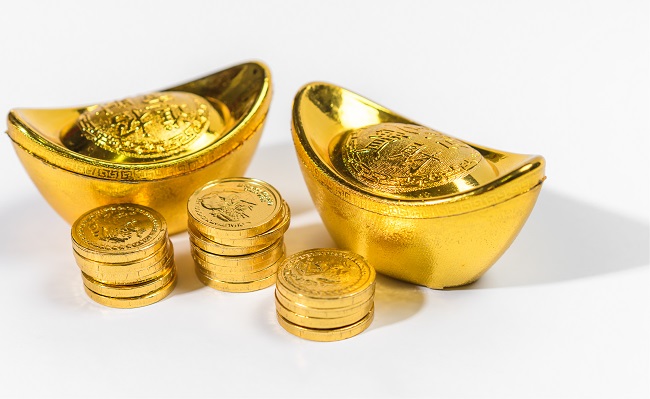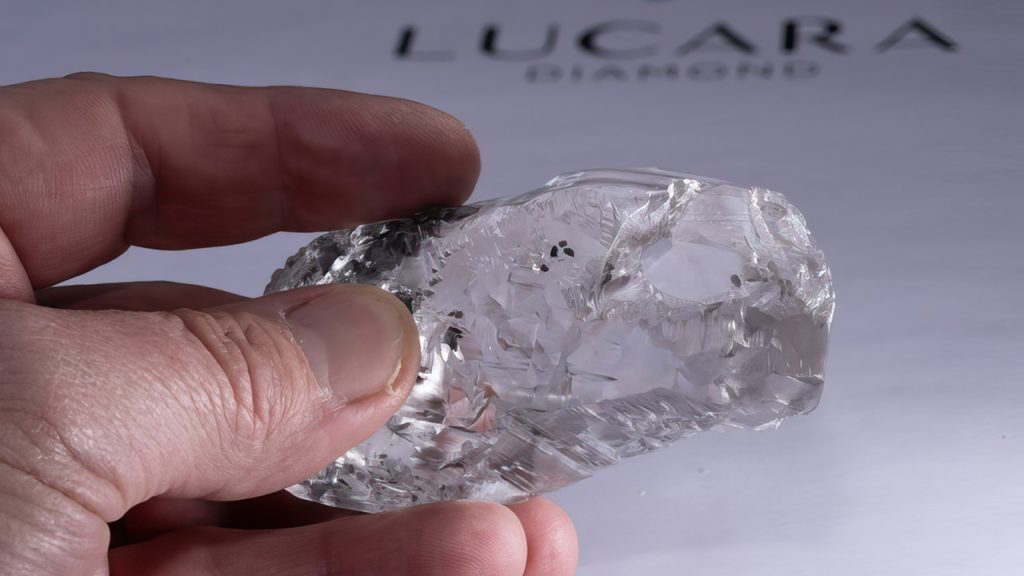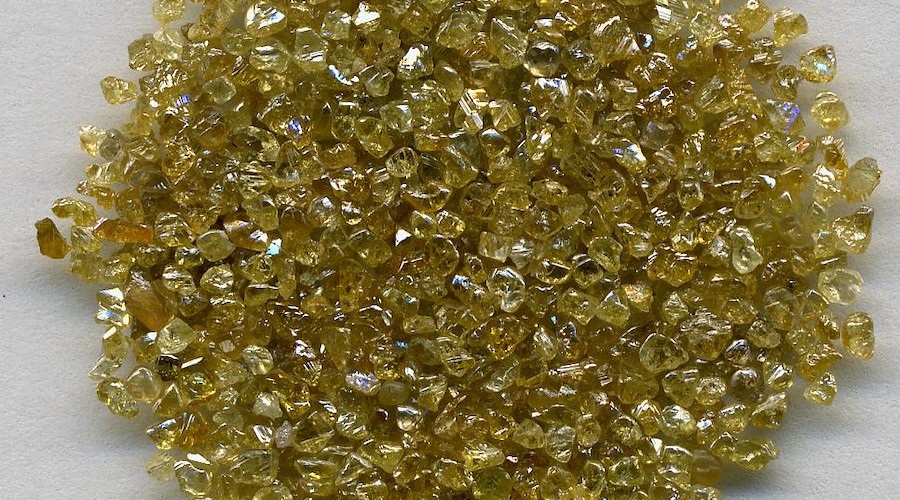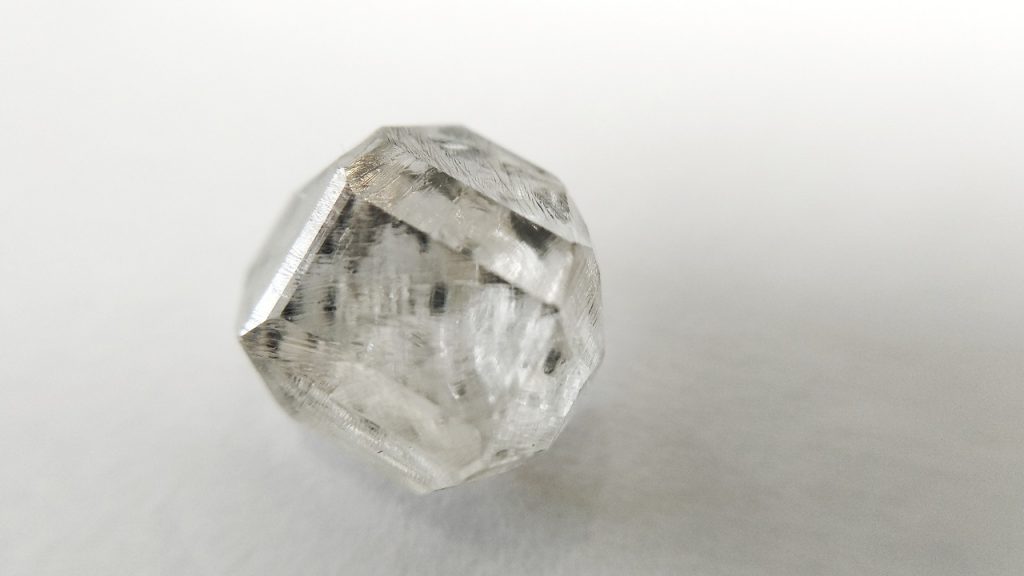
A US advertising watchdog has called on e-tailer Agape Diamonds to make the origins of its synthetic and simulated stones clearer.
The recommendation came from the National Advertising Division (NAD) of BBB National Programs — a nonprofit that helps businesses self-regulate — after the National Diamond Council (NDC) challenged Agape’s claims, the NAD reported last week.
Agape’s promotional material, including how it was presenting products for sale on its website, did not clearly and conspicuously disclose the origins of its stones, the NDC had argued, according to the NAD. As such, the council claimed, the online retailer and lab-grown manufacturer was violating the Federal Trade Commission (FTC) guidelines on jewelry marketing.
Agape changed its advertising across its website and social media in response to the NDC’s complaint, and the NAD declared the company’s modified disclosures effective and consistent with the FTC rules. However, other online advertising lacked “clear and conspicuous” origin disclosure, the watchdog said.
Race to the Bottom? Retailers’ Lab-Grown Doubts
The NAD urged Agape to rectify this by including words such as “simulated” or “lab-grown” immediately before the words “diamond” or “stone,” with “equal conspicuousness so as to clearly disclose the nature and origin of the product and the fact that it is not a mined gemstone.”
Agape and the NDC were unavailable for comment on Sunday. In its advertiser statement to the NAD, Agape said it was “committed to accurate and truthful advertising, as recommended by NAD and as codified in the federal regulations and enforced by the FTC.”
Source: Diamonds.net

